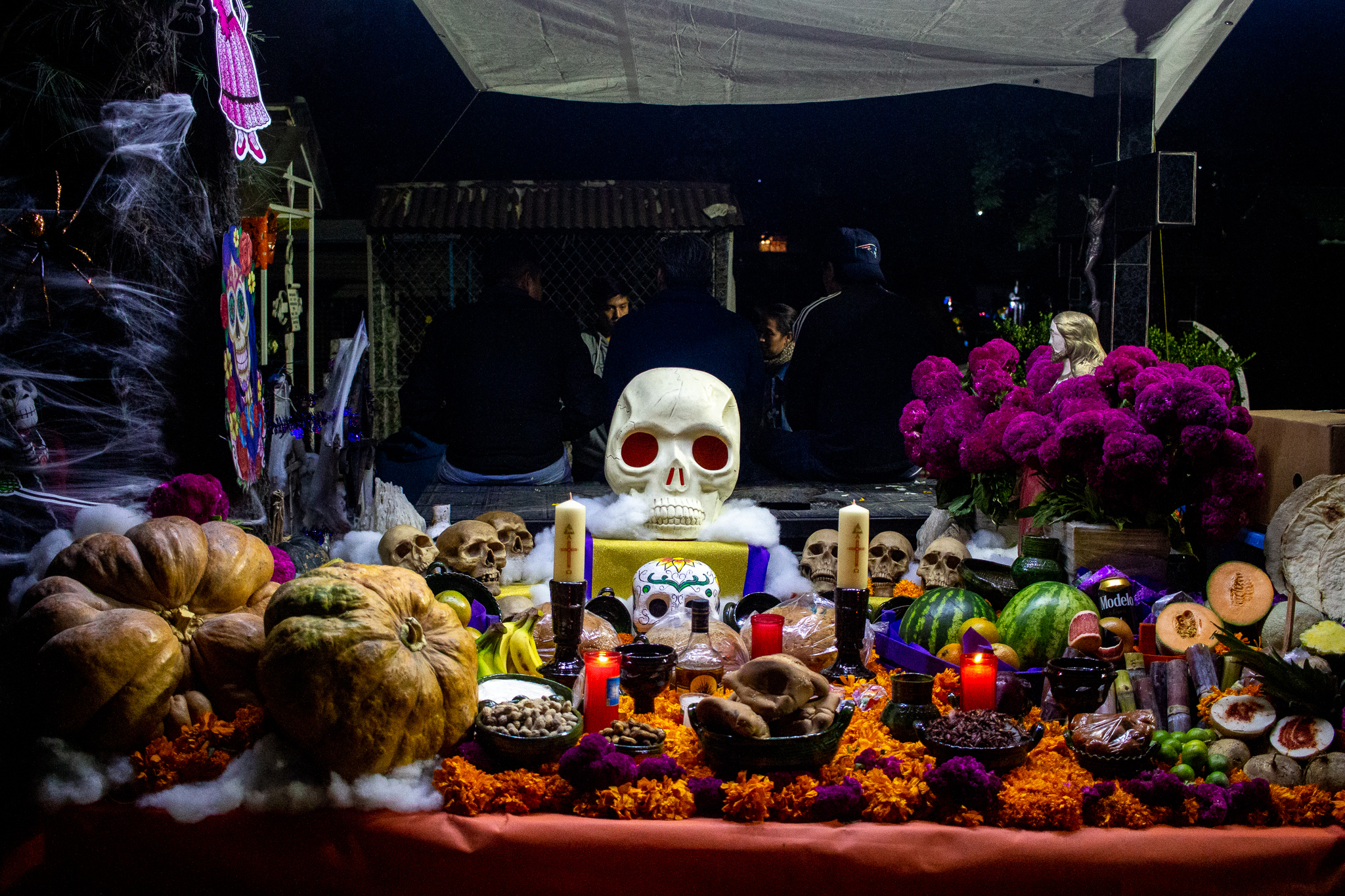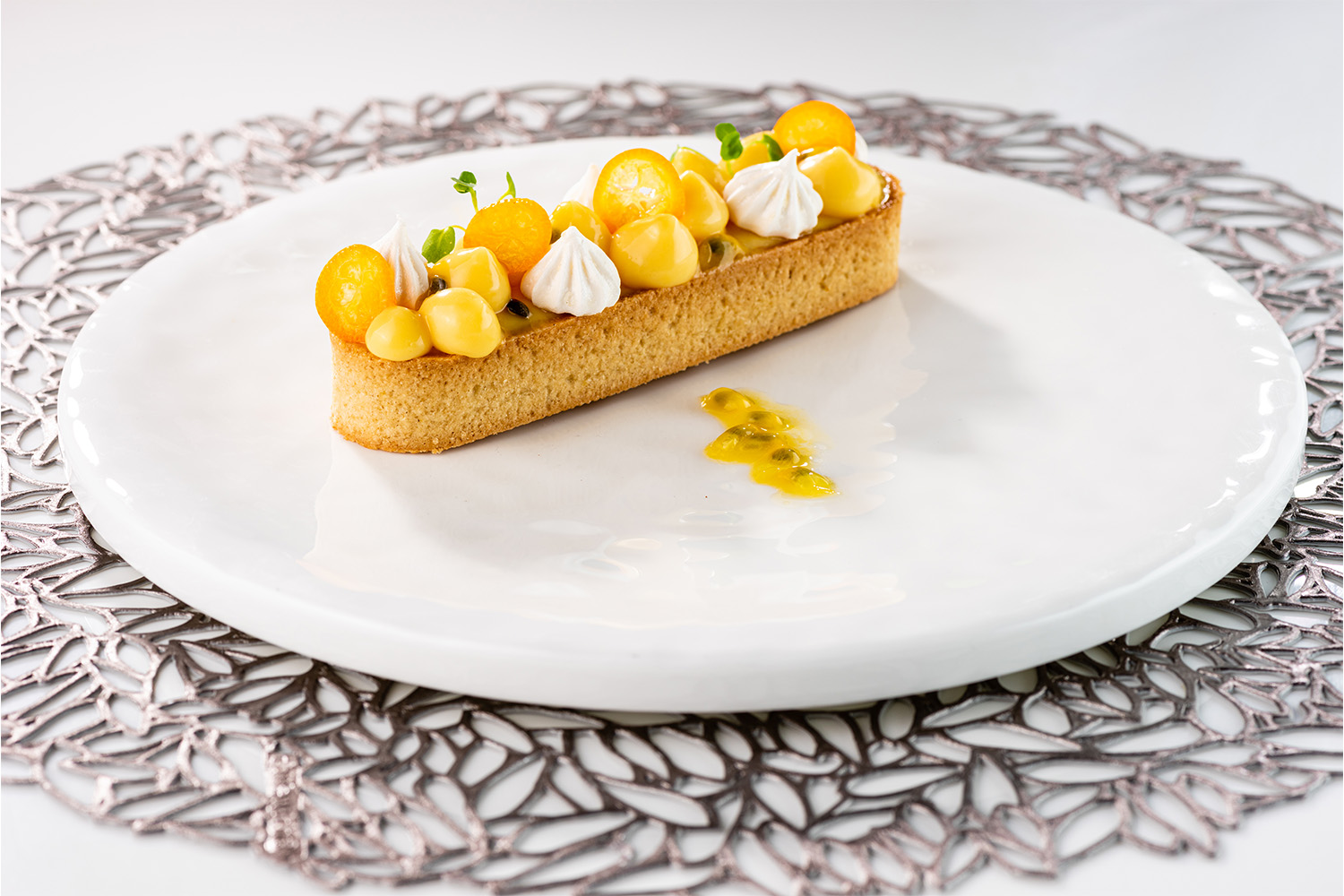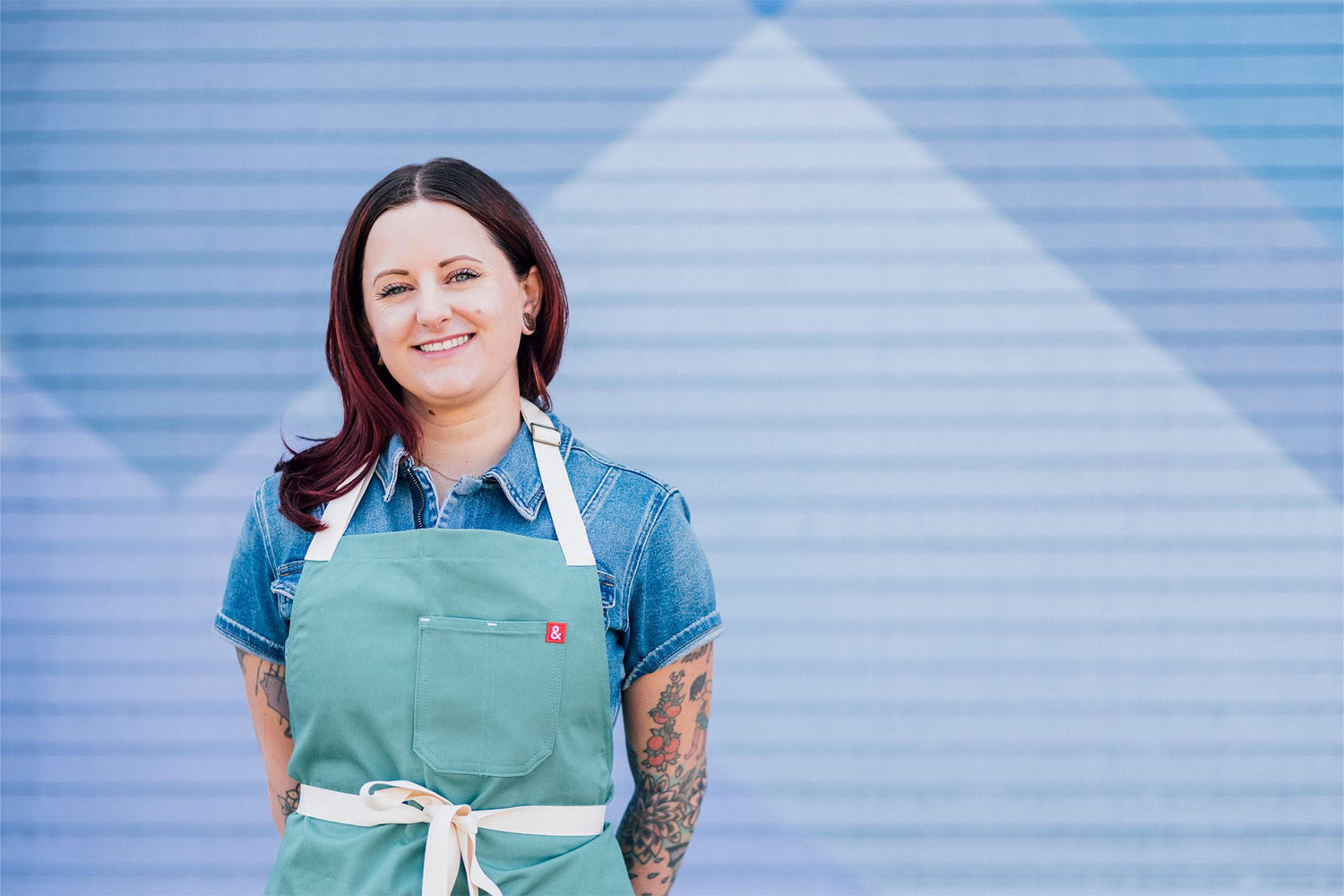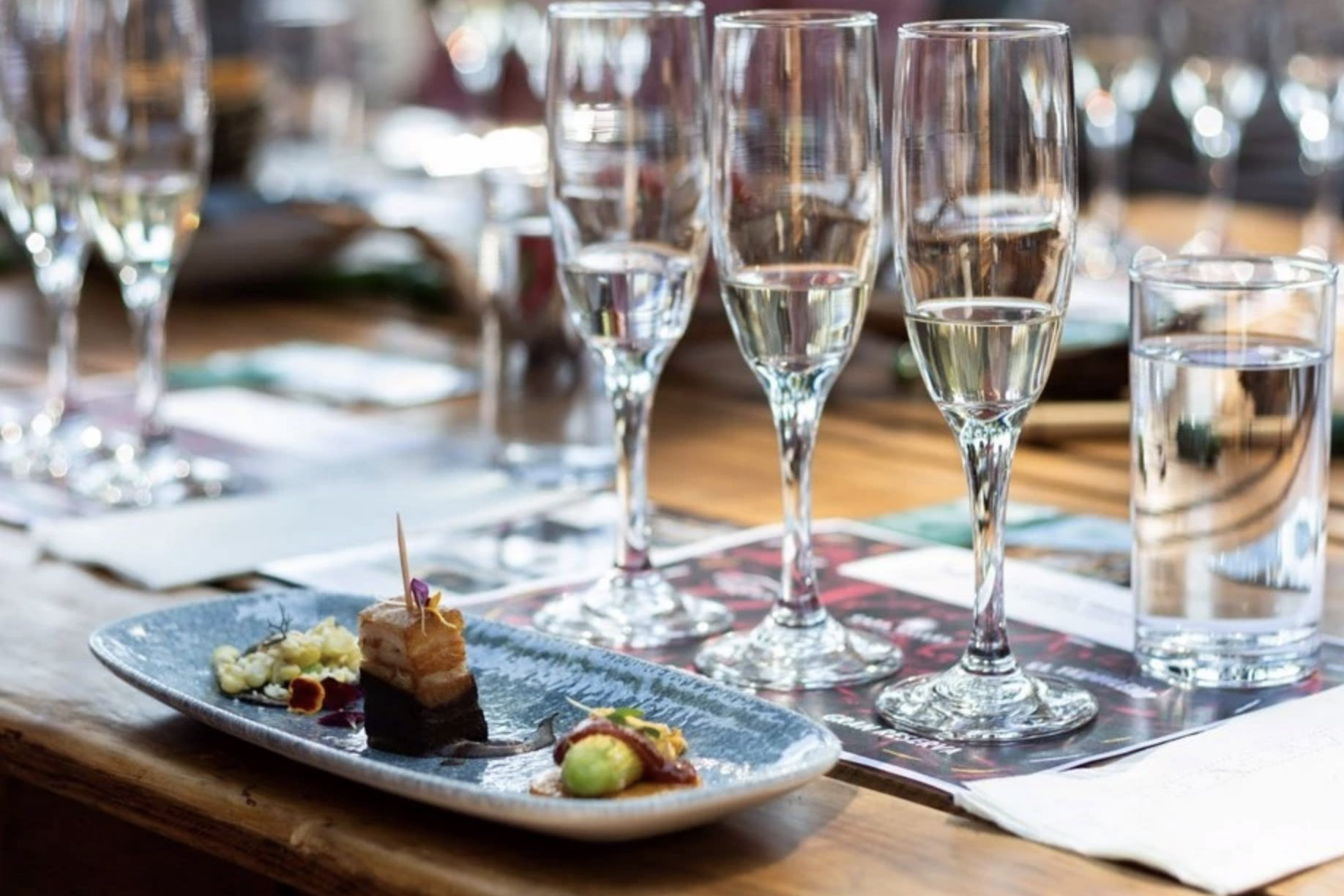You’d think the yearly approach of a holiday dedicated to remembering a lost loved one would be accompanied by a sense of sadness and dread. After all, funerals are tough enough. Not so in Mexico, where the Day of the Dead (or Día de Muertos) is an anticipated, family-oriented festival.
“It’s my favorite celebration,” Roselia Flandes of Mexico City told me recently over dinner in Riviera Nayarit, Mexico at the Conrad Punta de Mita, where she oversees the resort’s expansive spa operations.
The popular Mexican celebration, observed November 1-2, features garish skeletons, grinning (and gaudy) skulls and flower-strewn cemeteries, all reminders of death even in its cheery get-up.
Yet, there’s a plot twist: The holiday is about life — and it isn’t sad or scary. A joyful occasion, it invites loved ones who passed away to return for a visit, Flandes explains. It’s a full-blown party, in fact.
Though personal celebrations vary depending on where you live in Mexico and what particular expression your family leans into, the holiday is consistently a family affair. It helps children learn not to fear death, Flandes suggests. Her travel-loving parents took her to visit towns that honored the tradition through a velción — an all-night vigil in a cemetery brimming with music and candles. (“My first memory probably is in Janitzio when I was 6,” she said, referring to the small island town in the middle of Lake Pátzcuaro.)
No matter how you celebrate, Flandes said the tradition broadly symbolizes an invitation for the dead to pay a visit—and a time for reflective reconnection.
What It’s Like to Visit Mexico City for Día de Muertos
From ornate costumes to decadent ofrendas, the celebration is a testament to Mexico’s vibrant and colorful cultureFlandes also explained that in small towns across Mexico, cemeteries are adorned with flowers, and often you’ll see families celebrating at gravesites, bringing food and drink, essentially having a picnic with the dead. Some scatter the petals of marigolds, Mexico’s national flower, connecting the gravesites and front doors to lead the dead home. Portions of food are left overnight to call up spirits, she said, and then buried the following day. Families get creative and display personal effects, too, which reflect the lost loved one’s favorite things — such as cigarettes or perhaps a photo of Elvis Presley.
Food plays an outsized role in the holiday. In Flandes’ home, she and her daughter Nalani set up an altar with a different food for each lost family member — chicken mole and tequila for her daughter’s grandmother, bread with sugary butter and latte for her great aunt and for her recently departed father, concha with refried beans.
The traditional sweet bread Pan de Muerto is featured prominently, a popular holiday offering spotted in local bakeries. You’ll find it displayed on altars with other foods in families’ private homes just as easily as you’ll see people indulging in this seasonal treat as they walk down the street.

While there’s nothing like being in Mexico for the festivities, Conrad Punta de Mita’s Executive Chef Pedro Arceyut explains his reimagined Pan de Muerto for the home chef. Easy enough for the novices like me, Arceyut’s recipe satisfies those who wish to get a taste, literally, of the Day of the Dead from afar. His recipe is part of the resort’s specially curated holiday-themed offerings across their seven restaurants, a colorful variation that includes orange and lime zest flavors with guava.
Describing his reason for including guava, Arceyut reflected on the important relationship between food choices and their specific relationship to the deceased loved one. “In this instance, we opted for a guava filling for our Pan de Muerto recipe as it reminds us of the rich heritage of the Huichol culture, which included guava as a primary food group.” The Huichol people, descendants of the Aztecs, have long called Riviera Nayarit’s mountains home and are known for their spiritual devotion to ritual and nature. A common wild fruit in the region for centuries and a favorite of the ancient indigenous people, the guava’s placement on the menu honors the vibrant cultural heritage and “invites” the spirit of the Huichol people to visit.
Arceyut pointed out that besides the connection to the Huichol culture, guavas are also a fitting ingredient because they offer many nutritional benefits, neatly dovetailing with the property’s identity as champions of health and wellness. The fruit is rich in antioxidants, Vitamin C, potassium and fiber — satisfying for guests seeking a holistic wellness experience, he explained.

This twist-on-a-classic allows you to tuck into bread which is satisfyingly wholesome and a thoughtful interpretation of the spirit of Día de los Muertos.
Reimagined Mexican Pan de Muerto with Guava
Prep Time: 30 minutes
Cook Time: 90 minutes
Total Time: 2 hours
Ingredients
- 1/4 oz envelope powdered yeast
- 4 1/3 cups all-purpose flour
- 3 tsp salt
- 1 cup sugar
- 7 large eggs
- 1 1/8 cups whole milk
- 1/2 tsp orange blossom water (optional)
- 2 3/4 cups softened butter
- Zest of 4 oranges
- Zest of 2 limes
- 1/4 stick melted butter
- 2 Tbsp plain or colored sugar
- Guava jelly (recipe below)
Directions
-
-
Dissolve dry yeast in 1 cup of warm water in a mixing bowl for 5 minutes. Add flour, salt and sugar to the yeast. Mix well. Add eggs, milk, orange blossom water (optional), orange-lime zest and butter; thoroughly combine ingredients. Dust a surface lightly with flour and turn the dough out. Knead the dough until smooth and no longer sticky. Return to the bowl and leave the dough in a warm place covered until it doubles in size, approximately 1 hour.
Chef’s Tip: Including the essence of azahar (orange blossom) in the dough provides a rich boost of flavor.) -
Set aside 1⁄4 of the dough. Form 12 round buns with the dough and place on lined baking sheets. Using the dough set aside, form small decorative “bones” by rolling balls into long trips. Please 2 bones on each bun to form an X and press down on the strips to create grooves (joints) in the bones.
Chef’s Tip: To create the “bones,” make a stick of dough and knead it with your fingers and the palm of your hand so your fingers are marked in the dough, then use water as a paste to stick the bones in the bread.
Bake the 12 bread buns at 320° for 10 to 12 minutes, or until a golden color. Remove. Allow to cool. -
Brush the tops of bread buns with melted butter and sprinkle with sugar.
Chef’s Tip: Using a brush, “paint” the melted butter on before decorating with icing sugar to sharpen the presentation.
Serve with guava jelly.
-
Guava Jelly
Prep Time: 15 mins
Cook Time: 15 mins
Total Time: 30 mins
Servings: 2 cups
Ingredients
- 2 cups diced pink guava
- 2 cups water
- 4 cups sugar
- 1/2 tsp fresh lime juice
Directions
-
-
Peel and chop guava into small pieces. Bring water to boil and place guava into pot. Let them boil until soft. Drain water and let them cool, then mash them.
-
Strain the guava through a jelly cloth. Put the pulp back into the pot on medium flame.
-
Add the juice, sugar and ½ teaspoon of fresh lime juice. Bring to boil, stirring often. Let the mixture thicken and then cool.
-
This article was featured in the InsideHook newsletter. Sign up now.






















